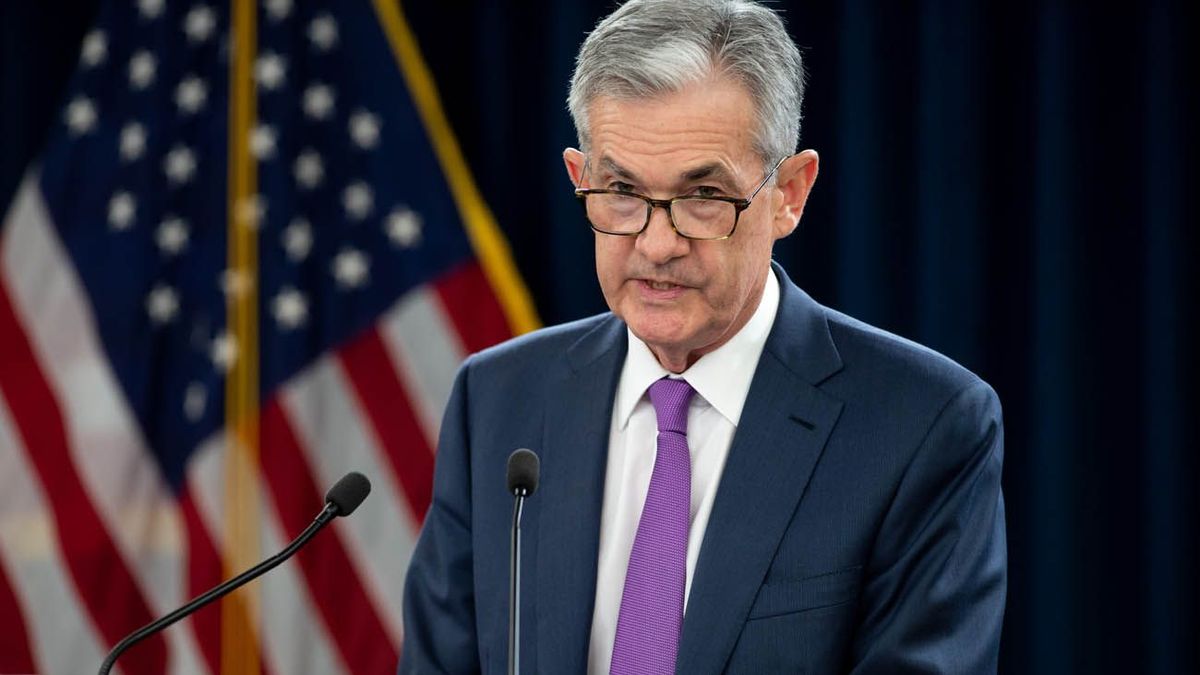It should be noted that behind these statistics the inflationary effect hides, since the higher nominal GDP growth helped to cut debt ratios. “As a reflection of the increase in inflation, the global Debt/GDP ratio decreased for the fourth consecutive quarter in the first quarter of 2022”, the IIF points out, highlighting that the fall was more evident in mature markets. Global debt now accounts for more than 348% of GDP and is about 15 percentage points below its peak in the first quarter of 2021.
“As the domino effects of the Russian-Ukrainian war continue to disrupt global economic activity, growth is expected to slow significantly this year, with adverse implications for debt dynamics. Due to tight lockdowns in China and tighter global financing conditions, the anticipated slowdown will likely limit or even reverse the downward trend in debt ratios. However, it cannot be ignored that the inflation outlook will also play a role: higher inflation will continue to help reduce debt ratios across the board, while sovereign and corporate debtors with less foreign exchange and short-term debt may benefit. more of the increase in inflation, at least in the near future.
Of course, as central banks move forward with tighter policies to curb inflationary pressures, higher borrowing costs will exacerbate debt vulnerabilities. The impact could be more severe for those borrowers from emerging markets that have a less diversified investor base.
The new global economic context also shows that there are now larger budget deficits and increased costs of servicing the debt. IIF data shows that since the start of the pandemic, global government debt increased by 14 percentage points ($17.4 trillion) to 103% of GDP in the first quarter of 2022. Therefore, in the face of the rising borrowing costs sovereign balance sheets remain under pressure. “As government financing needs remain well above pre-pandemic levels, higher and more volatile commodity prices could force some countries to increase public spending further to stave off social unrest, especially if economic growth is lower than expected,” warns the international banking think tank, adding that “this could be particularly difficult for emerging markets that have less fiscal space as interest spending increases.”
Looking at corporate borrowing, nonfinancial corporations have accumulated more than $14 trillion of new debt since 2019, bringing total nonfinancial corporate debt to more than $90 trillion in the first quarter of 2022. In this regard, it is worth noting that while the large cash holdings of listed companies provide a buffer against adverse shocks, rising debt levels have increased the sensitivity of corporate balance sheets to sky-high interest rates. “Rising funding costs, coupled with heightened geopolitical risks, have wiped more than $16 trillion off the value of global equities so far this year. Despite some corrections in recent months, equity valuations are still stretched across mature markets and corporate earnings estimates remain largely optimistic. However, around a third of small businesses in mature markets are now struggling to cover interest expenses, making it particularly difficult this time for central banks to engineer a soft landing.
With regard to emerging market debt, the IIF draws attention to a certain statistical obscurantism. “While debt levels and debt tolerance differ significantly across emerging market countries and sectors, the sharp increase in government debt levels in this club of countries has put debt transparency at the center of concern. attention. The lack of timely disclosure of public debt obligations, the very limited coverage of contingent liabilities and the widespread use of confidentiality clauses are the main impediments that cause information asymmetries between creditors and debtors”, warns the IIF. Of course, this lack of transparency often means higher borrowing costs and limited access to private capital markets for emerging market borrowers.
Source: Ambito
David William is a talented author who has made a name for himself in the world of writing. He is a professional author who writes on a wide range of topics, from general interest to opinion news. David is currently working as a writer at 24 hours worlds where he brings his unique perspective and in-depth research to his articles, making them both informative and engaging.




